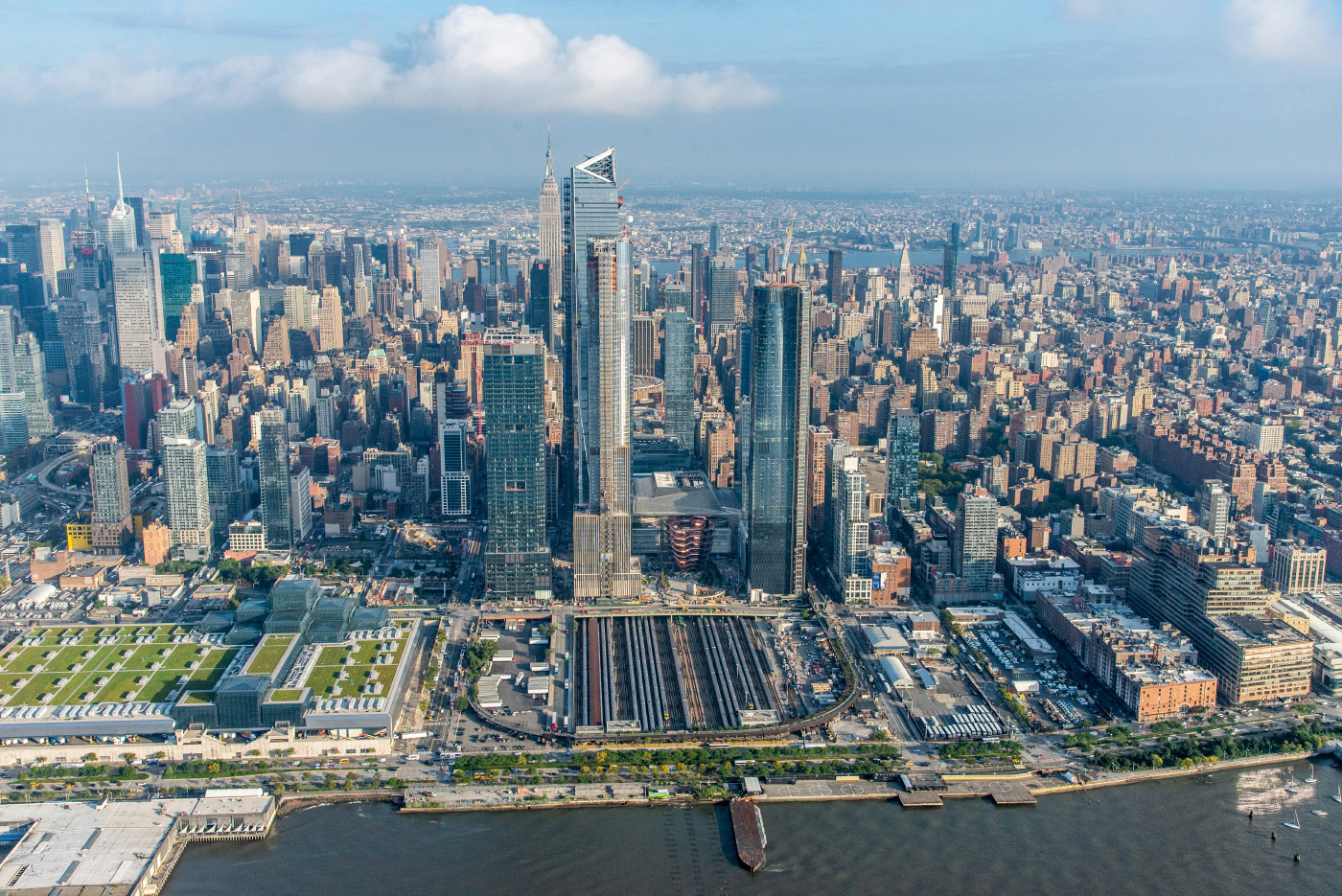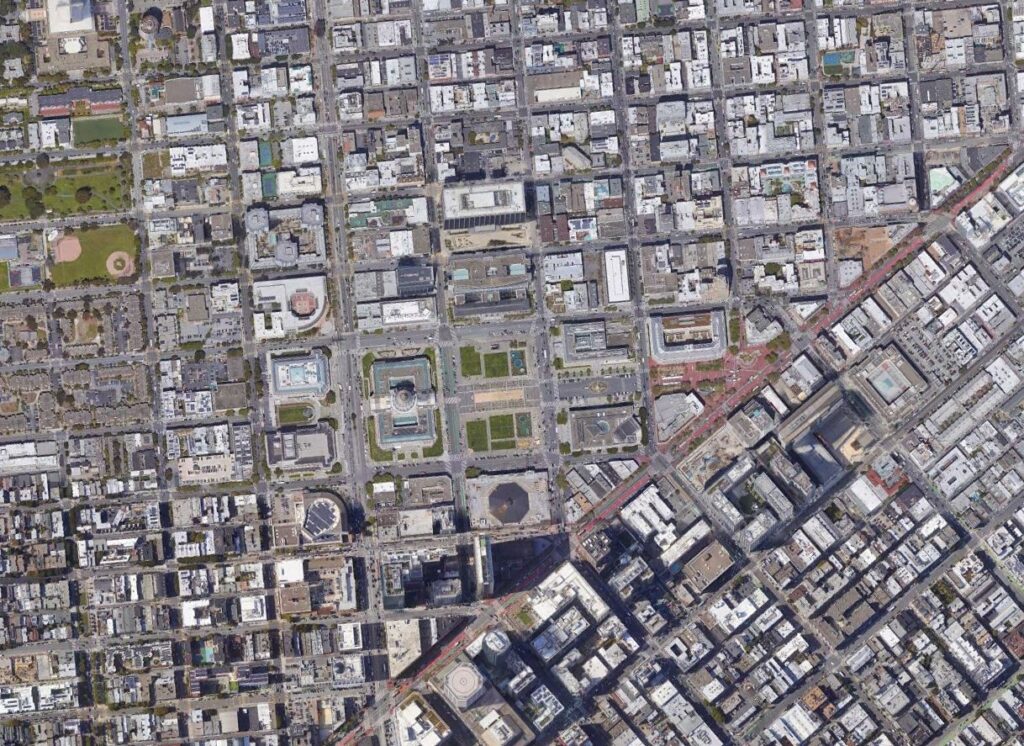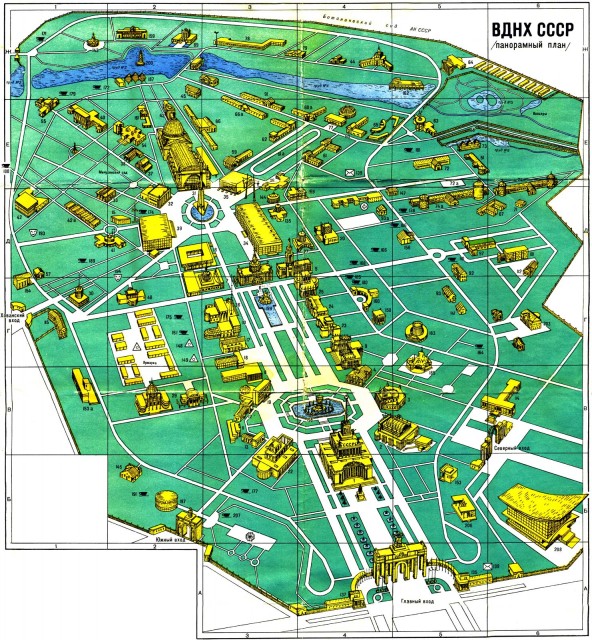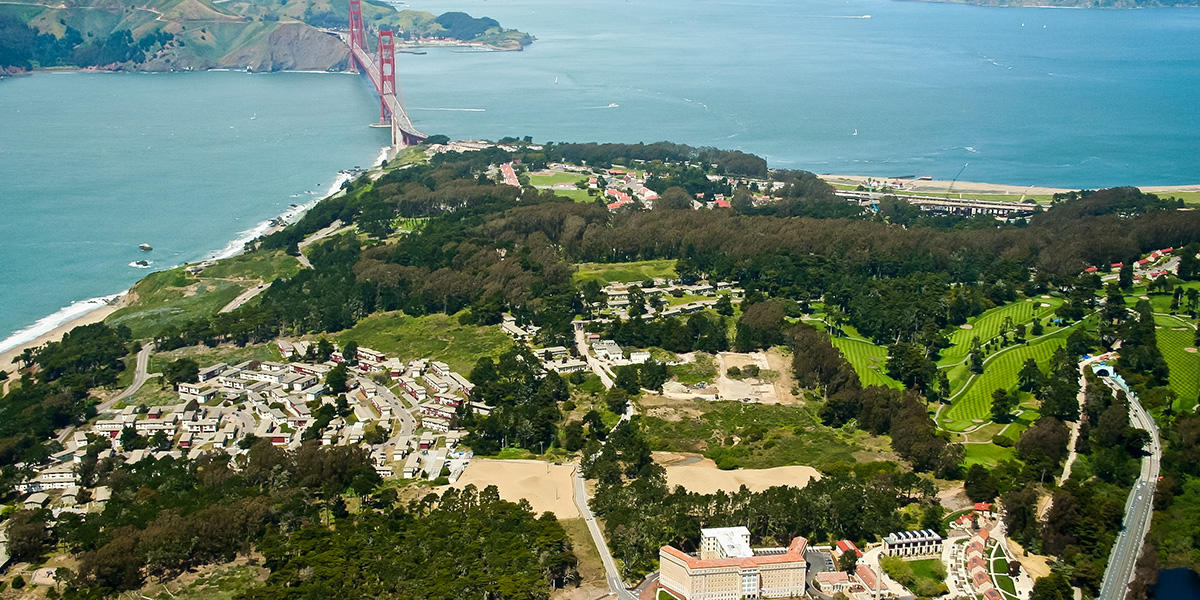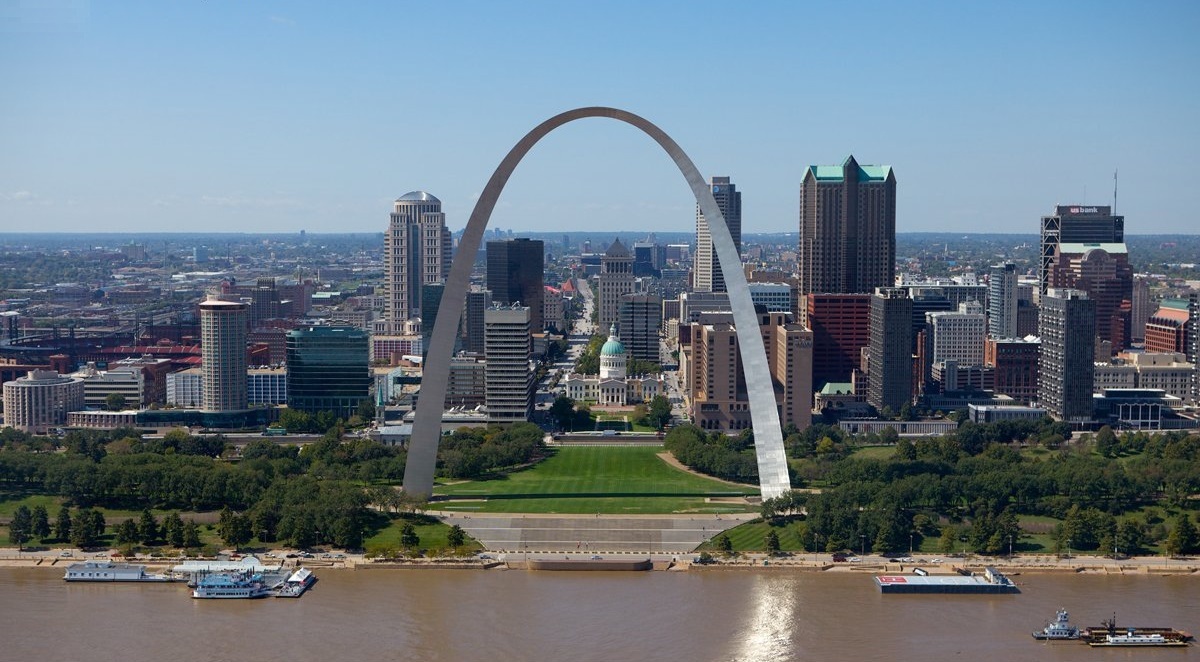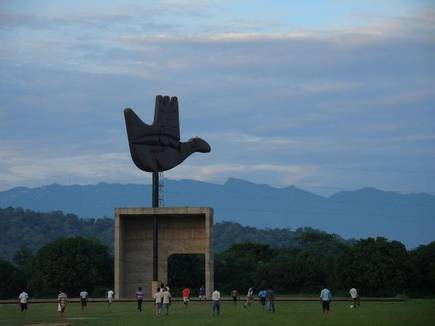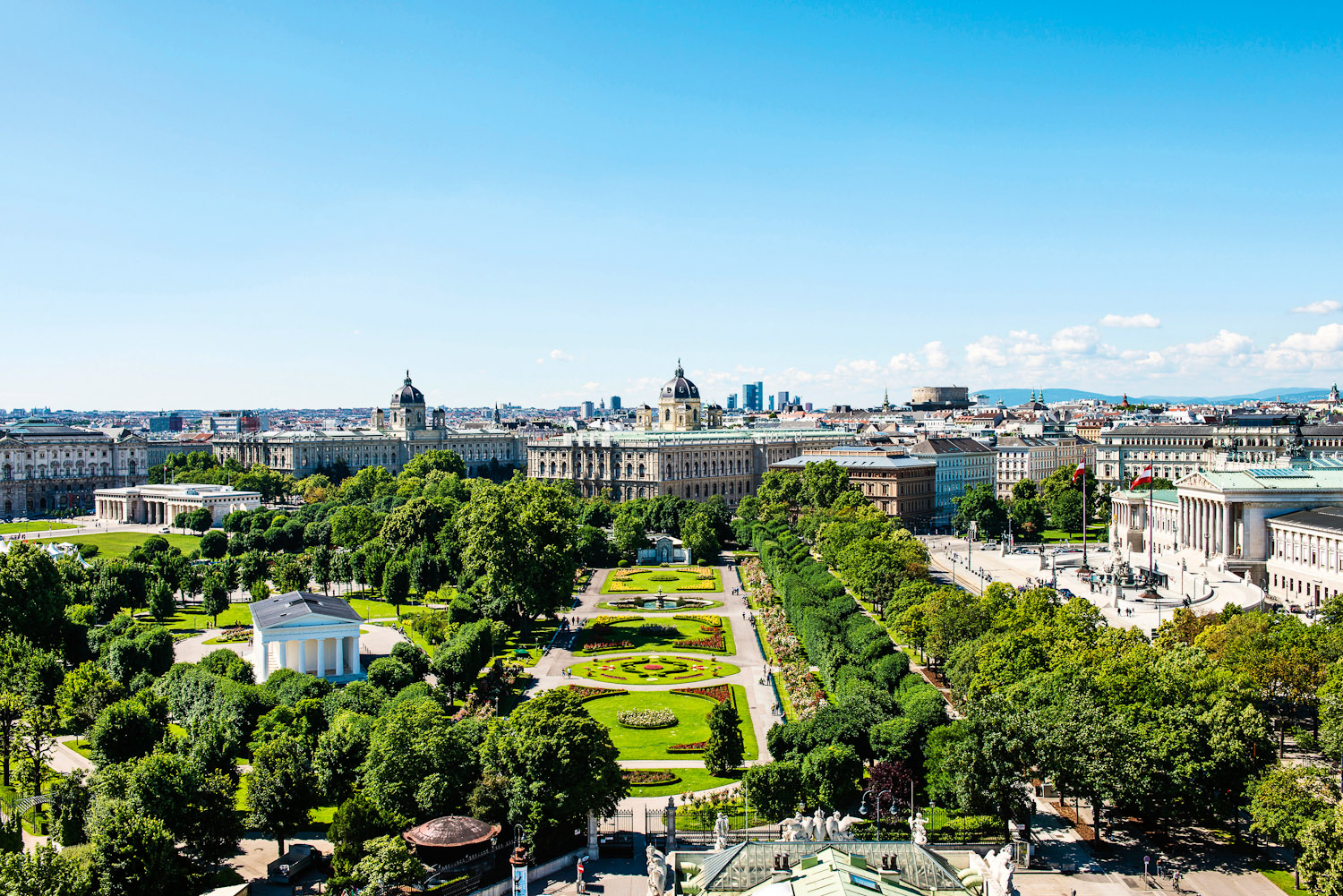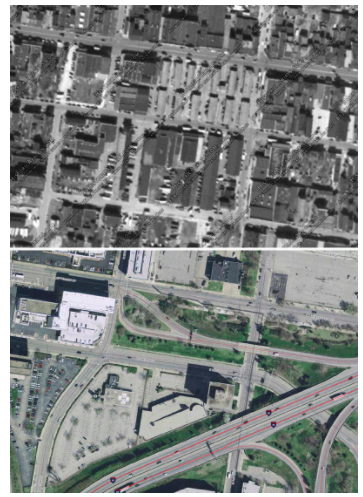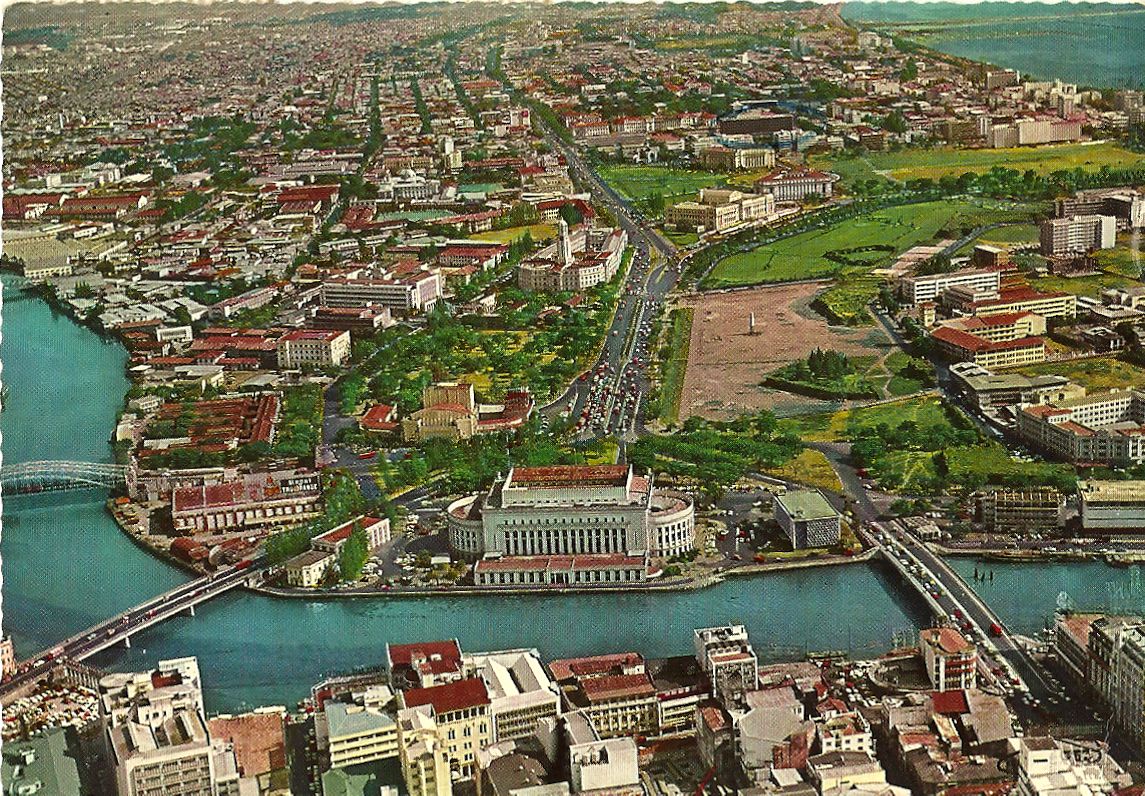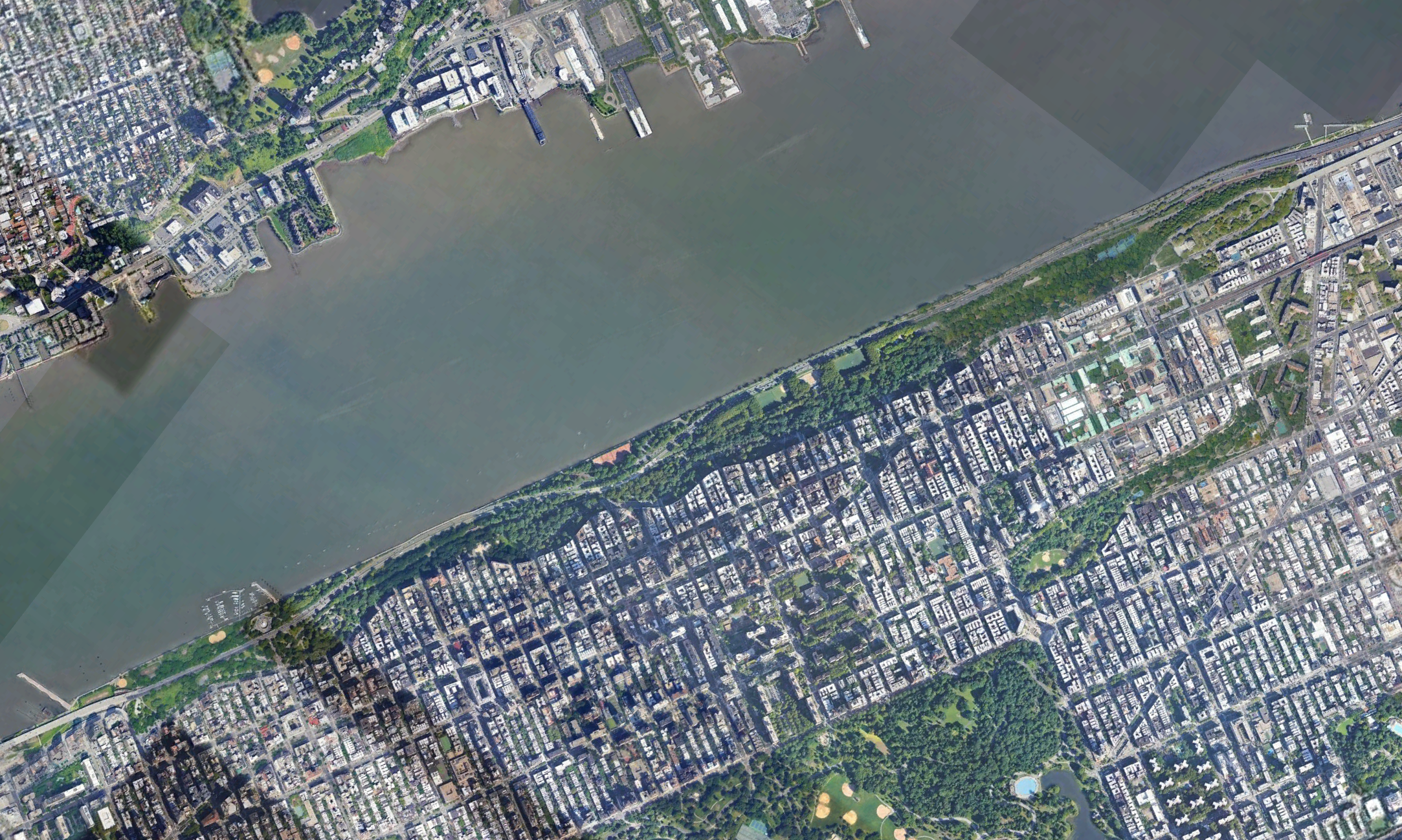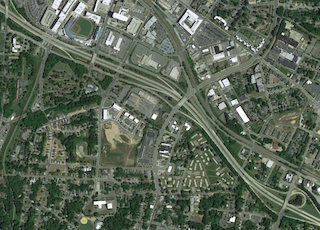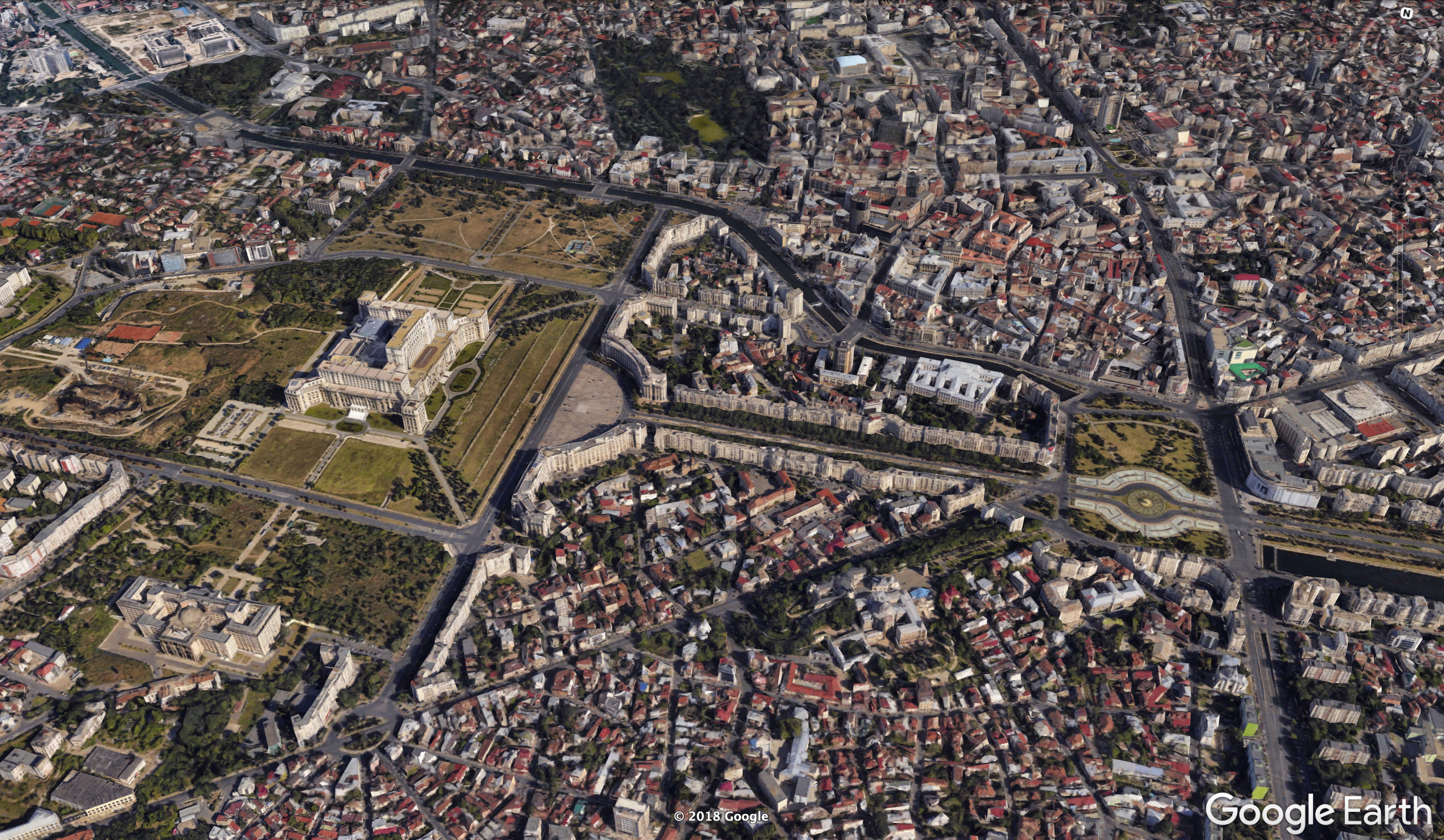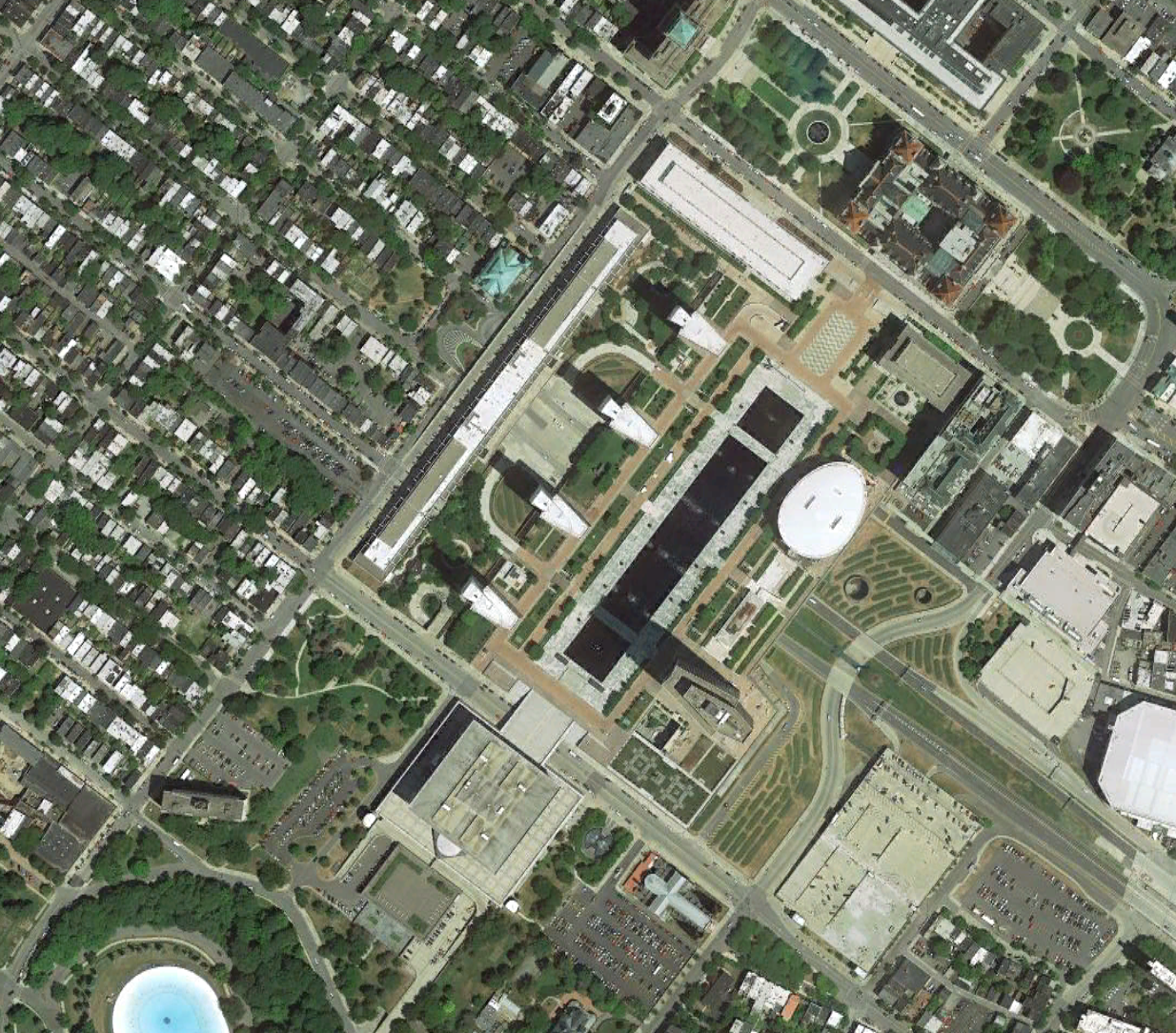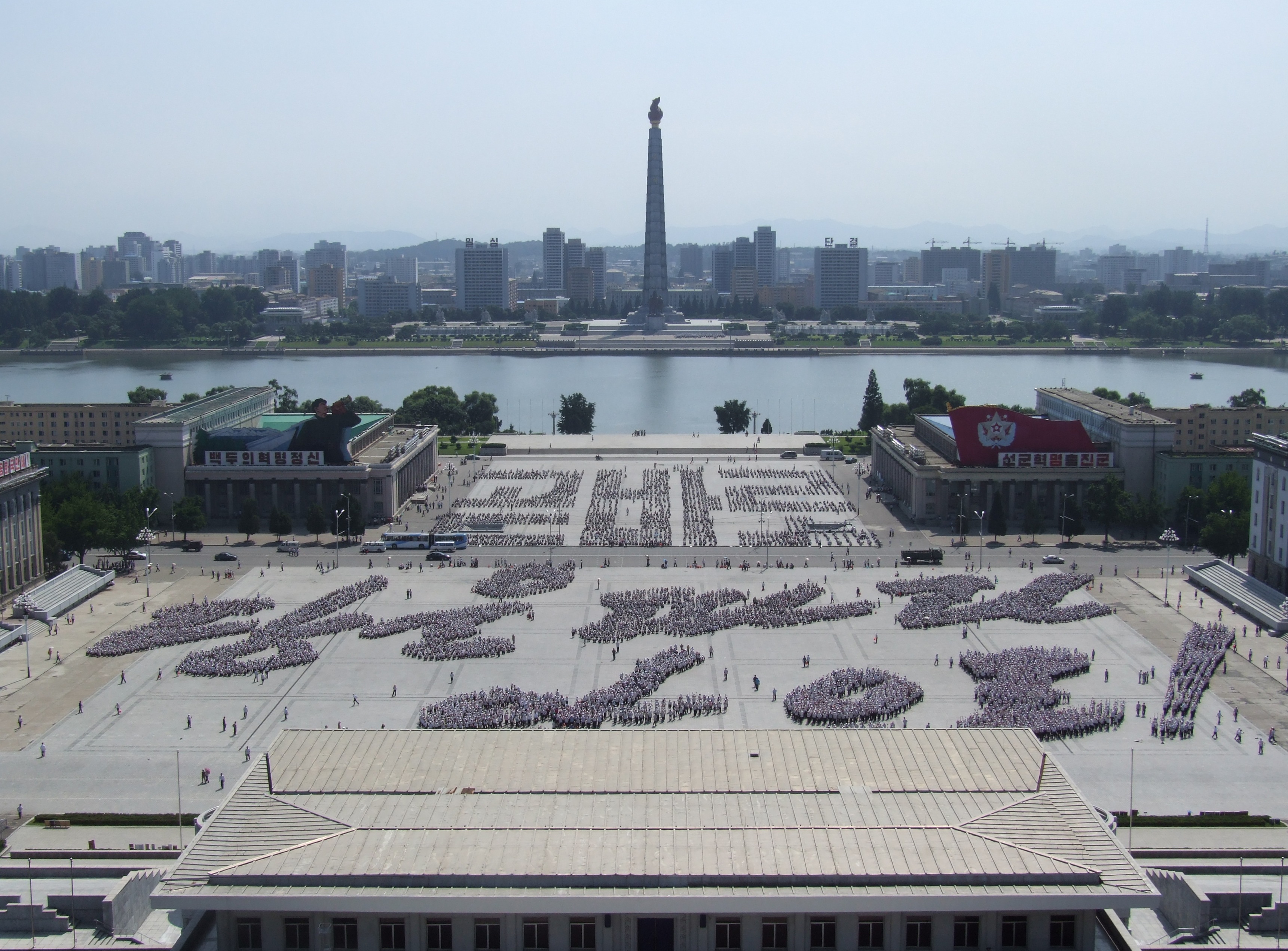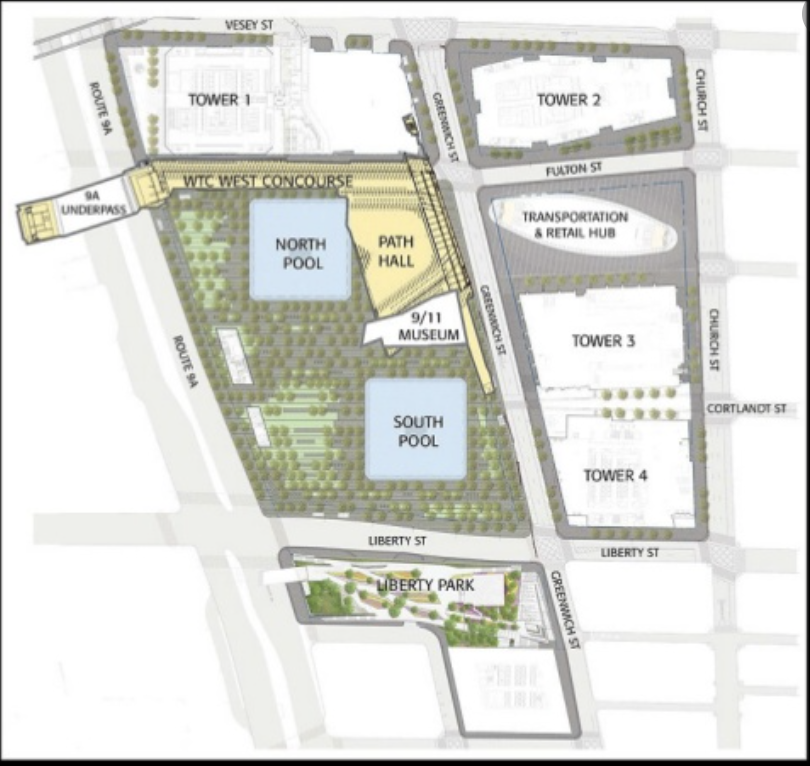National Mall
The National Mall is a park that spans the area between the Lincoln Memorial and the United States Capitol grounds, including the Washington Monument. Several museums, art galleries and other monumental art surrounds an open lawn.
Interestingly, this open lawn has become a forum and civic ground of sorts, hosting several notable protests and rallies, such as the Vietnam War Moratorium Rally and MLK’s “I Have a Dream” speech. However, it wasn’t always like this – prior to the 20th century, the National Mall was largely Victorian-era gardens with a web of paths. Senator James McMillan, heavily influenced by the City Beautiful movement. There was a desire to beautify the capital in DC, along with the poor architecture and public spaces. After touring Europe’s great buildings and landscapes, they decided to clear out the existing mall, allowing for the construction of neoclassical civic institutions and the central lawn, which followed the City Beautiful ideas of creating moral and civic virtue by embedding monumental design into the city and life of citizenry.

